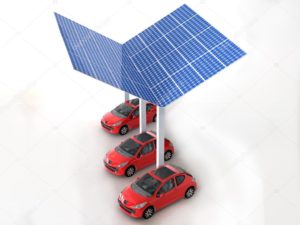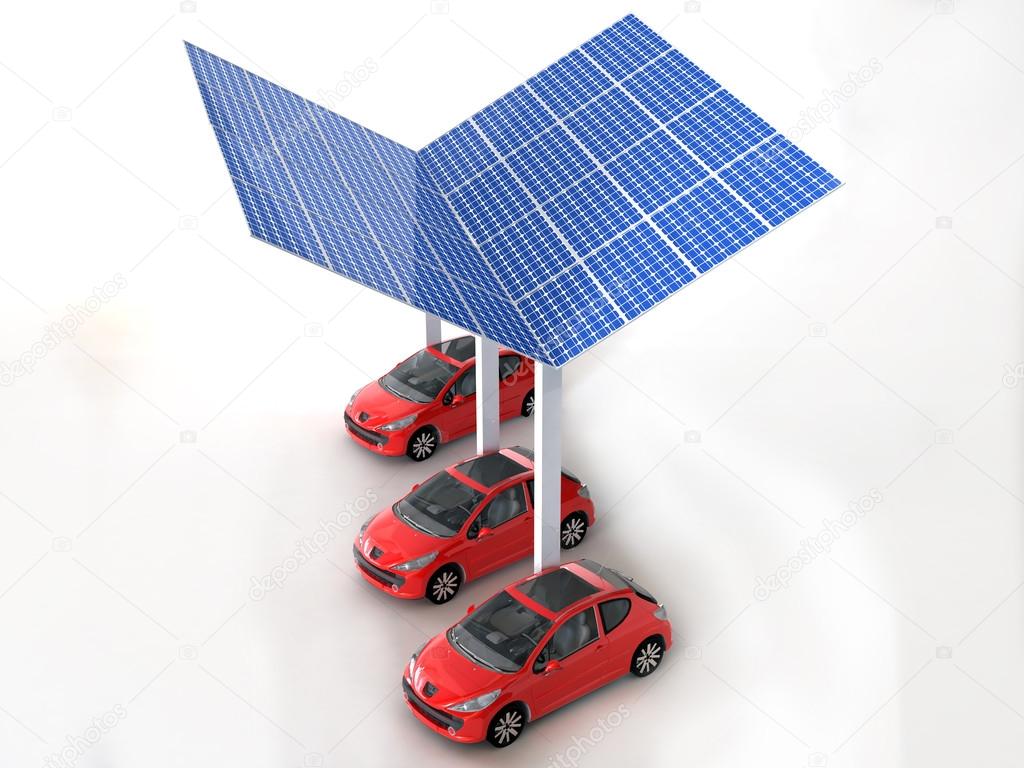Lightyear, founded in 2016, is producing almost 1,000 the primarily battery-powered models, fitted with curved solar panels across the roof and bonnet. The company claims power from the sun can contribute up to 44 miles to the vehicle’s 388-mile range per day.

Lightyear 0 will allow short drives to be purely solar-powered during the sunniest months of the year.
While not new, it has been pegged as a potential solution to the lack of available chargers holding back the electric vehicle (EV) revolution. There are questions, however, over how efficient the concept is – particularly in an often cloudy Britain.
In the Netherlands, for instance, just two months of the year will provide enough sun to reach the 44-mile capacity, while in Spain or Portugal that sun-powered peak can be reached in seven months.
Lightyear says it will sell cars in the UK and US by 2025. There, solar panels can power the car for 8.8 miles per day.
Still, the cost of Lightyear 0 remains out of reach for many. Making the vehicles cheaper will be hard amid supply problems hitting sectors globally. Steel, aluminum, copper, and polysilicon – the high-purity silicon used to make the panels – have jumped in price.
According to telegraph















